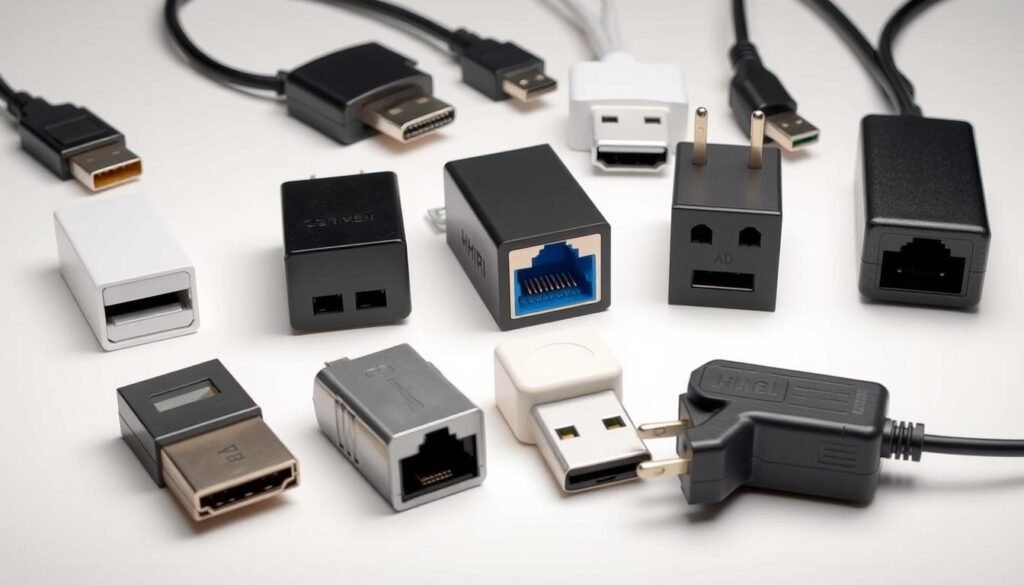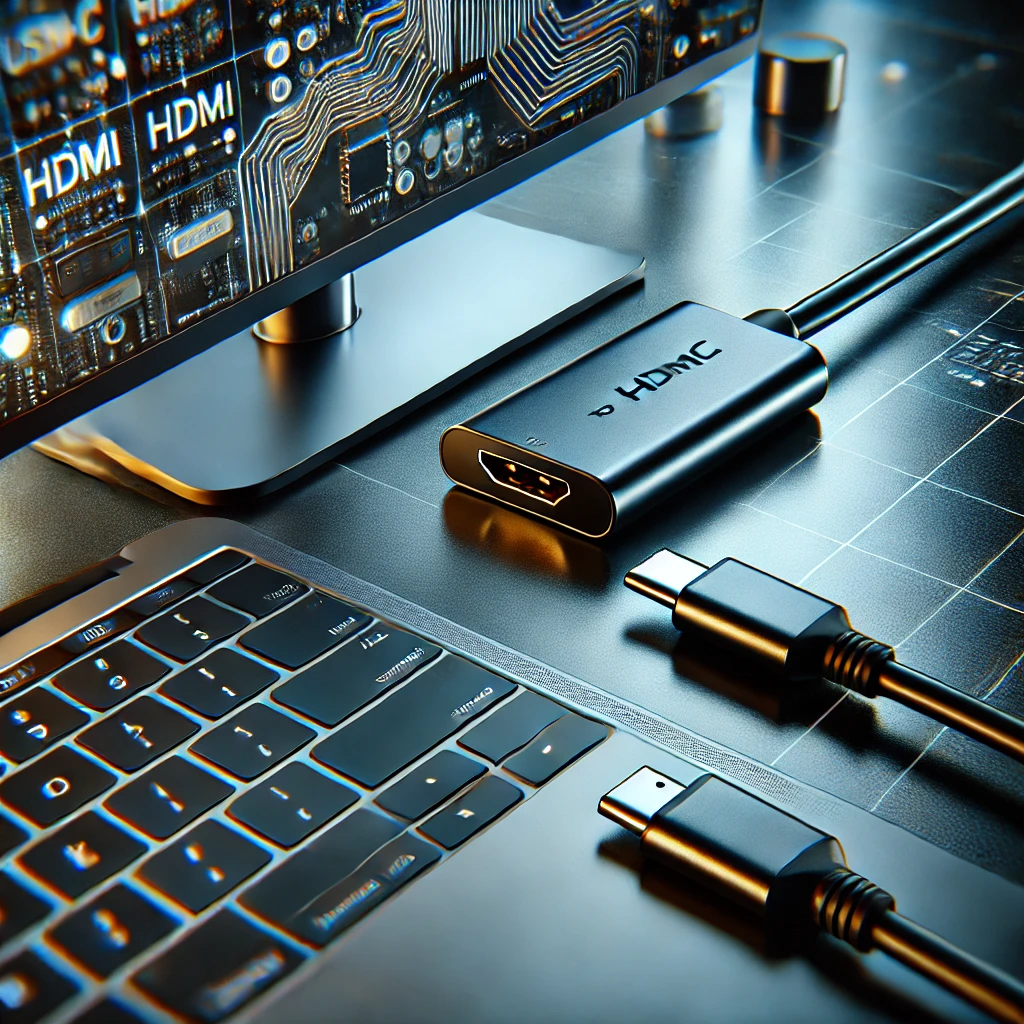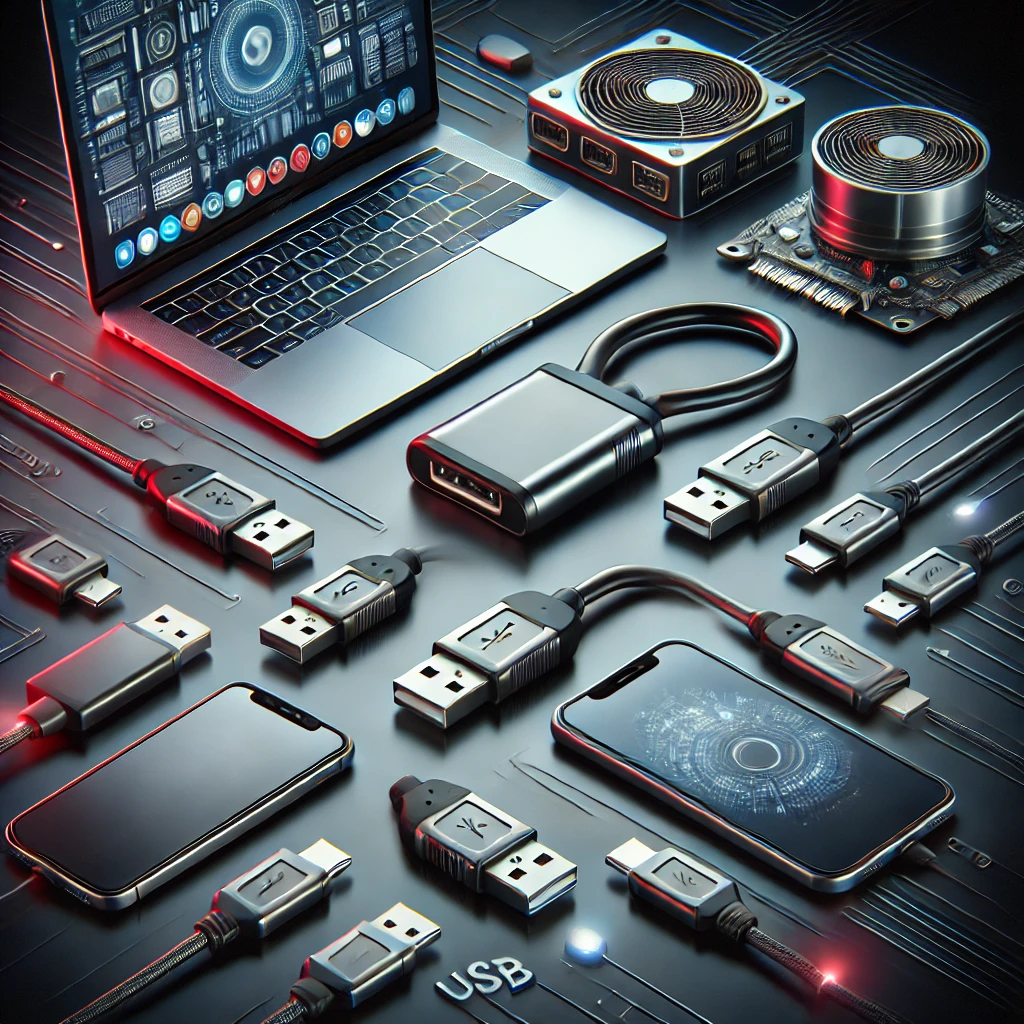As technology advances, so too does our need for versatile and efficient connectivity solutions. Enter Adapters 2.0—a new generation of adapters designed to meet the demands of our increasingly interconnected world. In this article, we’ll explore the innovations and trends shaping the future of adapters, the challenges they aim to address, and how you can navigate this dynamic landscape to optimize your connectivity.
The Need for Next-Generation Adapters
A Shift in Technology
With the proliferation of devices and the rapid evolution of technology, traditional adapters often fall short of meeting user needs. Factors driving the demand for next-generation adapters include:
- Diverse Device Ecosystems: Today’s users often juggle multiple devices—smartphones, laptops, tablets, gaming consoles, and smart home devices—requiring adaptable connectivity solutions.
- Higher Performance Standards: As media consumption shifts toward 4K and even 8K content, along with immersive audio formats, adapters must support higher data transfer rates and resolutions.
- The Rise of Wireless Technology: With more devices embracing wireless connectivity, there’s a growing need for adapters that can seamlessly integrate wired and wireless solutions.
Innovations in Adapters 2.0
1. Enhanced Data Transfer Rates
Next-generation adapters are designed to support higher data transfer rates, accommodating the latest standards such as USB 4.0 and Thunderbolt 4. This means faster file transfers, smoother streaming, and improved overall performance for high-bandwidth applications.
2. Multi-Functionality
Adapters 2.0 are increasingly versatile, offering multiple functionalities in one device. For example, a single USB-C hub may provide HDMI output, Ethernet connectivity, USB ports, and even SD card readers, streamlining your setup and reducing clutter.
3. Smart Features
Many modern adapters incorporate smart technology to enhance user experience. Features like automatic device detection, intelligent power distribution, and firmware updates ensure optimal performance and compatibility across a wide range of devices.
4. Wireless Integration
As the shift toward wireless technology continues, new adapters are emerging that bridge the gap between wired and wireless connections. For instance, wireless HDMI adapters allow for high-quality video transmission without the need for cumbersome cables, providing greater flexibility in device placement.
Challenges in the Future of Adapters
Compatibility Issues
As new technologies emerge, compatibility remains a pressing concern. Ensuring that adapters work seamlessly across various devices and standards can be challenging, particularly in environments where multiple generations of technology coexist.
Signal Integrity
Maintaining signal quality over longer distances is another challenge. As data transfer rates increase, the potential for signal degradation also rises. Advanced materials and technologies are needed to minimize this risk, especially for applications like 4K video streaming.
User Awareness
As the market for adapters grows, users may find it difficult to navigate the options available. Increased education on adapter functionalities and specifications will be crucial for consumers to make informed decisions.
Best Practices for Navigating the Future of Adapters
To make the most of the advancements in adapters, consider these best practices:
- Stay Informed: Keep up with the latest trends in technology and adapter developments to ensure you’re using the most effective solutions for your needs.
- Evaluate Your Needs: Assess your current and future connectivity requirements. Investing in multi-functional adapters can save time and money in the long run.
- Choose Quality Brands: Opt for reputable brands known for reliability and customer support. High-quality adapters often come with better warranties and performance guarantees.
- Test Compatibility: Before purchasing, verify that the adapter is compatible with your existing devices and any potential upgrades you may consider in the future.
Conclusion: Embracing the Future of Connectivity
Adapters 2.0 are not just about connecting devices; they represent a paradigm shift in how we think about and manage our technology. As the landscape of connectivity continues to evolve, these next-generation solutions will play a pivotal role in facilitating seamless interactions among our devices.
By staying informed about the latest innovations, understanding your connectivity needs, and choosing the right solutions, you can navigate the future of adapters with confidence. Embrace the advancements in connectivity, and unlock the full potential of your technology! If you have any questions or want to share your experiences with adapters, feel free to leave a comment below!
Related Articles:
- Mastering Adapters: Tips for Proper Use and Maintenance
- Adapters 2.0: Navigating the Future of Connectivity
- Decoding Adapter Jargon: A Beginner’s Guide to Adapter Terminology
- Navigating the Adapter Maze: Tips for Choosing the Perfect Fit
- Demystifying Adapters: Debunking Common Misconceptions
- Unlocking Possibilities: The Advantages of Adapters in the Tech World
- Decoding the Magic: How Adapters Make Tech Speak the Same Language
- Adapters Through the Ages: A Journey from Analog to Digital
- Adapters Through the Ages: A Journey of Technological Evolution
- Adapters: The Unsung Heroes of Connectivity



